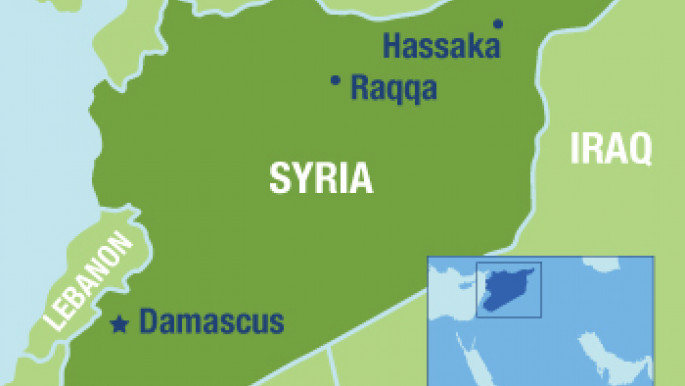Syrian regime and Kurds in anti-IS alliance
In two districts of the Syrian city of Hasakeh, Kurdish fighters and regime forces rest before returning to battle the Islamic State group (IS), a shared enemy they are fighting jointly for the first time.
Although the two forces are fighting in different parts of the north-eastern city, in which control is divided between the Kurds and the government, coordination is necessary to defeat the jihadists.
"We can't fight all alone in Hasakeh because the IS attacked in great numbers," a government soldier said, sheltering from the scorching heat in a house surrounded by sandbags in the city’s Ghweyran district.
The city, capital of Hasakeh province, has been spared much of the violence of the Syrian conflict, and control of the city has been shared between Kurdish and regime forces for several years now.
 |
|
But the IS has encroached gradually in the province, and made a series of attempts to enter the city, finally succeeding in an operation that began on 25 June.
IS forces seized several southern neighbourhoods, prompting tens of thousands of residents to flee and forcing Kurdish fighters and regime troops into an unofficial alliance to defend the city.
The joint effort has borne fruit in recent days, with fighters from the Kurdish People's Protection Units (YPG) taking territory south of the city from the IS, effectively encircling them.
Inside the city, government troops have also advanced.
According to the Syrian Observatory for Human Rights, a London-based monitoring group, army forces and Kurdish fighters have almost totally encircled the IS in the southern part of Hasakeh.
Pushing back the IS
"We've pushed the IS guys out of Ghweyran. There's only a bit left to go," a senior army officer said, as he inspected troops in the neighbourhood.
Despite sharing control of the city for several years, never before have the regime and Kurds in Hasakeh come together to fight the IS.
"The Kurds wouldn't have been able to encircle the IS fighters without the weapons we gave them," the officer said.
In central Hasakeh, once home to some 300,000 residents, the front line can seem far away, with traffic moving normally and people out and about shopping.
Some 600 metres away from the army's position, in the city’s Maaruf district, a dozen Kurdish fighters take a rest in a school that has been converted into an assembly point.
Officially, they deny receiving aid from the government, but their weapons are Russian-made and closely resemble those the army is using just down the road.
The enemy of my enemy
| There is coordination between the Syrian army and the coalition forces... they communicate through a Kurdish mediator. -YPG officer |
But they make it clear that they share the same enemy as the government.
"For us, there's a single enemy, and that is the IS," said one fighter.
"I would never allow those IS savages to violate my land. I will not stand by idly," said 18-year-old Didar, armed with an automatic weapon. He begins chanting "YPG, YPG!"
On the first floor, members of the Kurdish female fighting units known as the YPJ watch regime soldiers in the distance through a rifle sight as they advance cautiously through trees toward IS positions.
"Our fighters are continuing their advance towards the east of the city to tighten the siege against the IS," said Shirine.
In the skies above Hasakeh, warplanes flown by both regime forces and pilots from the US-led coalition against the IS can be seen from time to time, scouting for targets.
Washington has insisted the coalition, which began a campaign of air strikes in Syria in September 2014, will not coordinate its airstrikes with President Bashar al-Assad's regime.
But in reality, a YPG officer told AFP on condition of anonymity, "there is coordination on the flights between the Syrian army and the coalition forces."
He explained: "They communicate through a Kurdish mediator."



